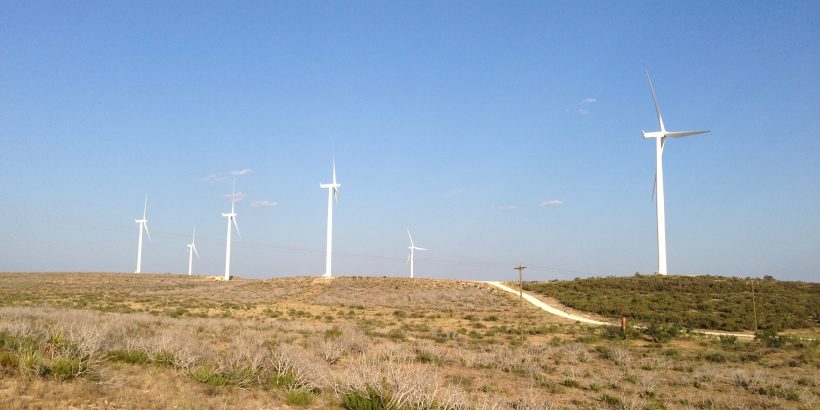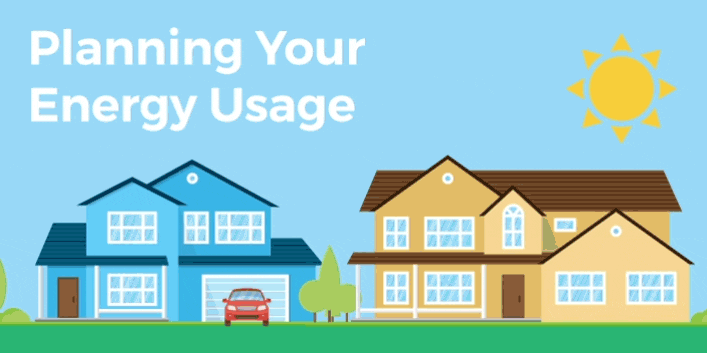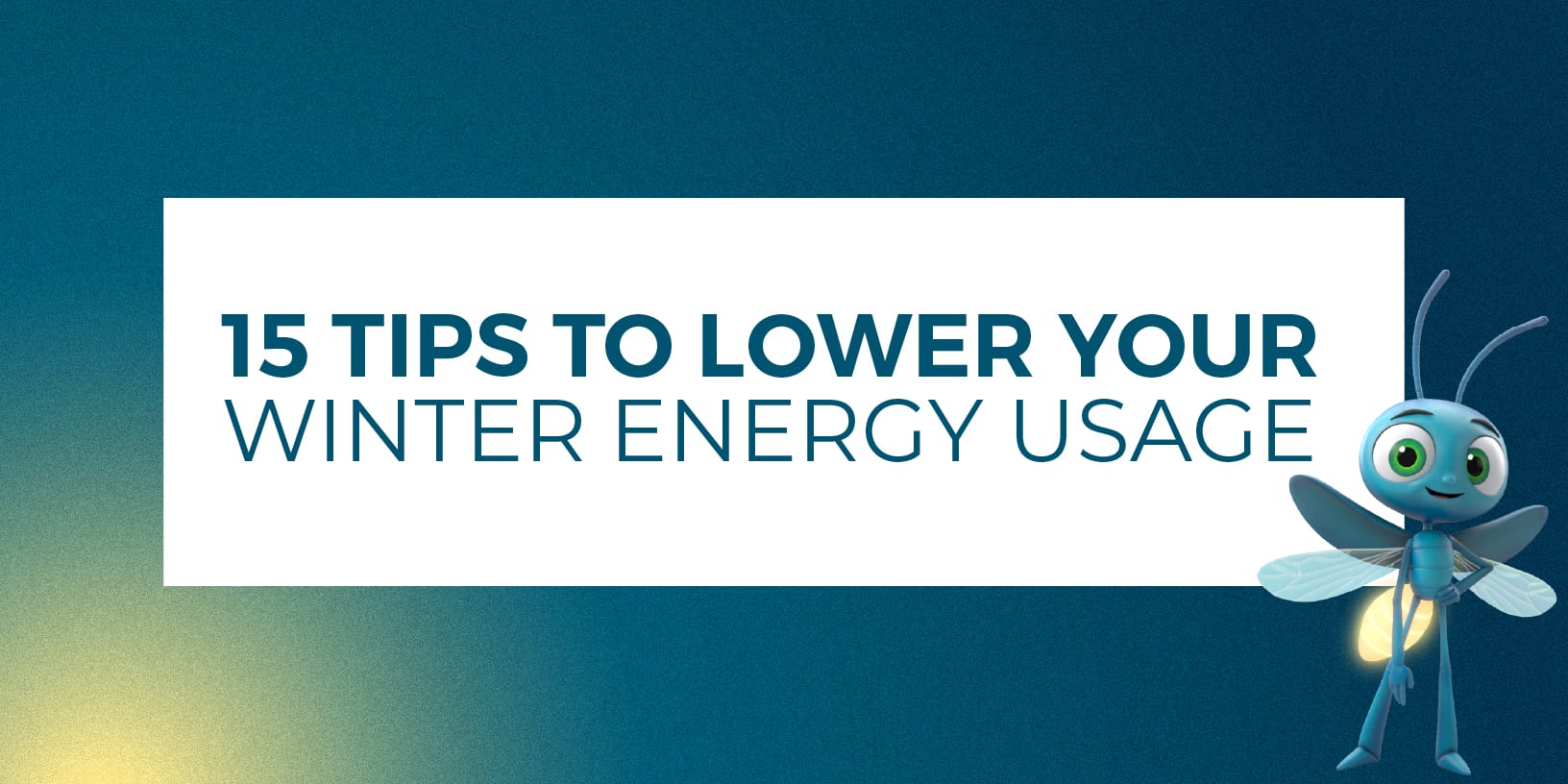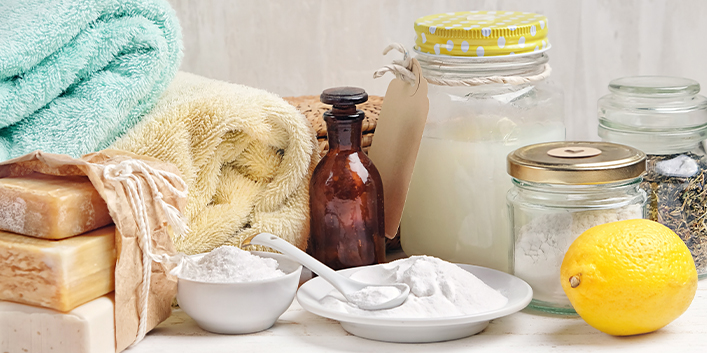Green Mountain Energy® Blog
How to Avoid Single-Use Plastics



If you’re reading this blog, chances are you may have heard some of the facts about plastic before: how it permeates the world’s oceans, how it can take hundreds of years or more to break down, and how nearly invisible pieces of plastic – microplastics – show up in everything from the food we eat to the air we breathe. All this plastic pollution floating around is doing a serious number on every aspect of the environment.
There’s no easy way to say it: we’ve got a problem, folks. It’s called plastic. It’s everywhere you look and it’s not going anywhere anytime soon.
Most of the plastic that’s polluting our planet falls into a category called single-use plastic. What is single-use plastic? Simply put, they’re plastic items – such as water bottles, food wrappers, to-go packaging and plastic grocery bags – that are designed to be used one time and then thrown away or recycled. Of the roughly 80% of plastic in the world’s oceans that comes from land-based sources, the majority of it is composed of single-use items.
So, what do we do about all this single-use plastic pollution? First and foremost, we can stop adding to the problem by going with single-use plastic alternatives every time. Completely freeing yourself from single-use plastic can be a challenge, but it’s not impossible.
Here are single-use plastic pollution solutions you can work into your life starting today.



Carry a water bottle wherever you go.
So much single-use plastic is used to hold liquids, from bottled water to fast food to-go cups. Even worse, the amount of energy that it takes to produce, fill, package and ship the average water bottle gives this single-use plastic item an especially hefty carbon footprint. However, you can avoid adding to the waste stream by simply filling up a reusable water bottle before you leave the house and carrying it with you throughout the day. Water bottles come in all shapes, sizes and materials, but we recommend going the extra mile and going with a reusable water bottle made from metal or glass.



Replace your cleaning supplies with all-natural products in reusable or compostable packaging.
Blueland is an eco-friendly cleaning supplies company that has developed a whole line of dish soaps, detergents, surface cleaners and more. They come in tablet or powdered form and are shipped to your door in compostable packaging. All you have to do is drop the tablet in a reusable bottle, fill the bottle with water and voila!



Switch to reusable shopping bags.
This one’s an oldie, but we’ll keep shouting it from the highest solar panel-laden rooftop until everyone gets on board. Did you know that most single-use plastic bags only get used for about 15 minutes before they’re tossed out to spend the next 500 years as trash? Next time you’re at the store, bring reusable shopping bags to carry the groceries home. The planet will thank you.



Buy in bulk..
There are tons of everyday items that usually come in single-use plastic packaging that you can easily purchase in bulk. Everything from spices to snacks to coffee beans is available in the bulk aisle of your grocery store. Buying in bulk greatly reduces the amount of packaging needed for the product. For an even more eco-friendly shopping trip, bring your own reusable containers to fill up.



Refuse plastic whenever you can.
Single-use plastic shows up in so many places that it can be hard to keep it from coming into your life. Simply going out for a cup of coffee could leave you saddled with a plastic straw that will make its journey into a turtle’s tummy after you’re done sipping your cold brew through it. However, you don’t have to accept these pieces of single-use plastic. If you’re having drinks at a restaurant, refuse a straw. If you’re ordering food to go, refuse the plastic utensils and bring your own to-go containers, or only pick up food from restaurants that use compostable packaging. Many of the online food ordering apps allow you to specify whether you need plastic utensils, condiment packets and straws included. That way, you can be sure that single-use plastic isn’t coming anywhere near your home.
Now that you have the single-use plastic facts, hopefully you’ll find it easier to reduce single-use plastic use in your life. By choosing reusable items instead, you’re helping keep countless items out of landfills and waterways each year.
Find a renewable energy plan that helps your home go green.
Enter your ZIP code to get started.
Our customers have avoided
pounds of CO2
That’s like planting
new trees.




